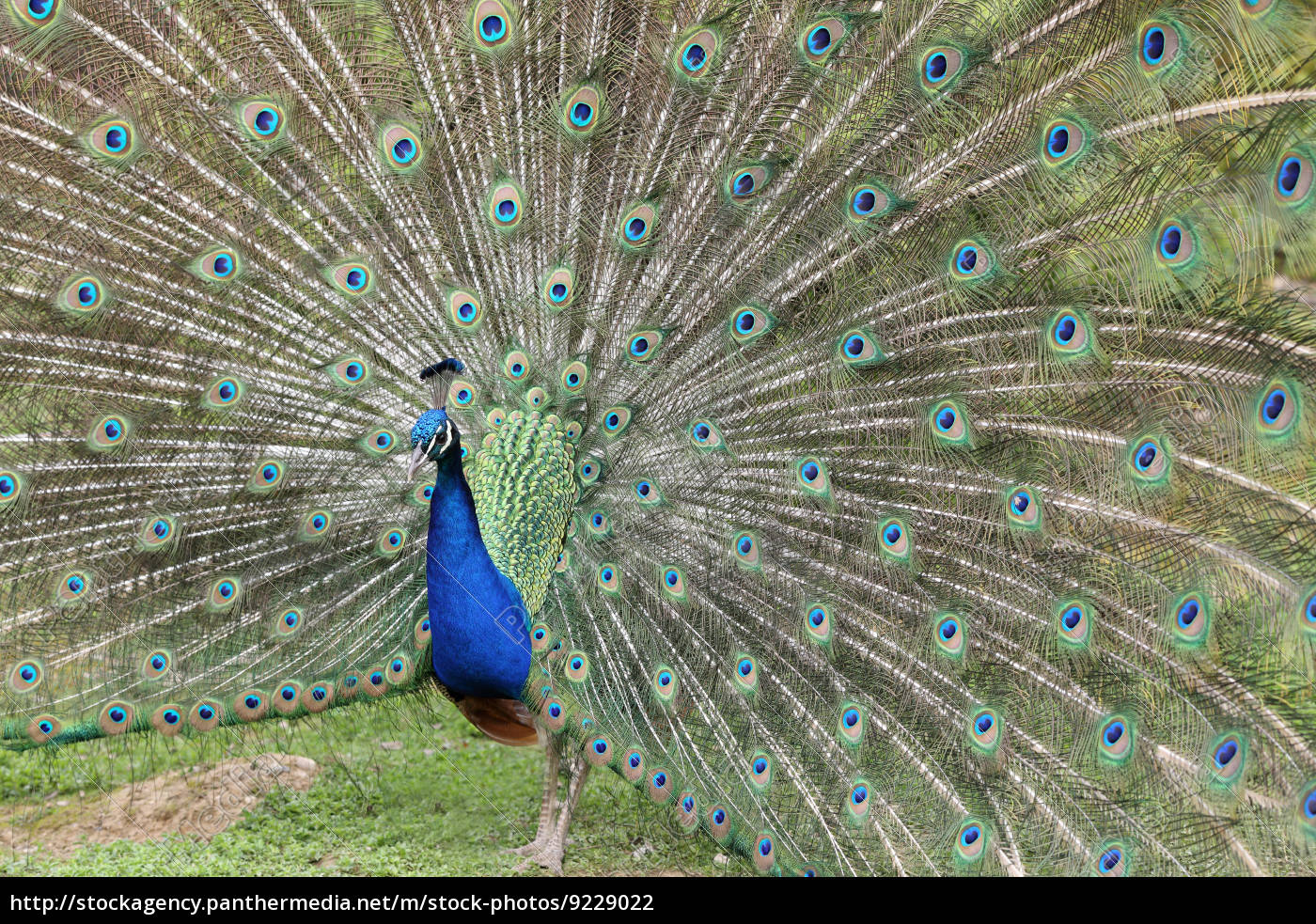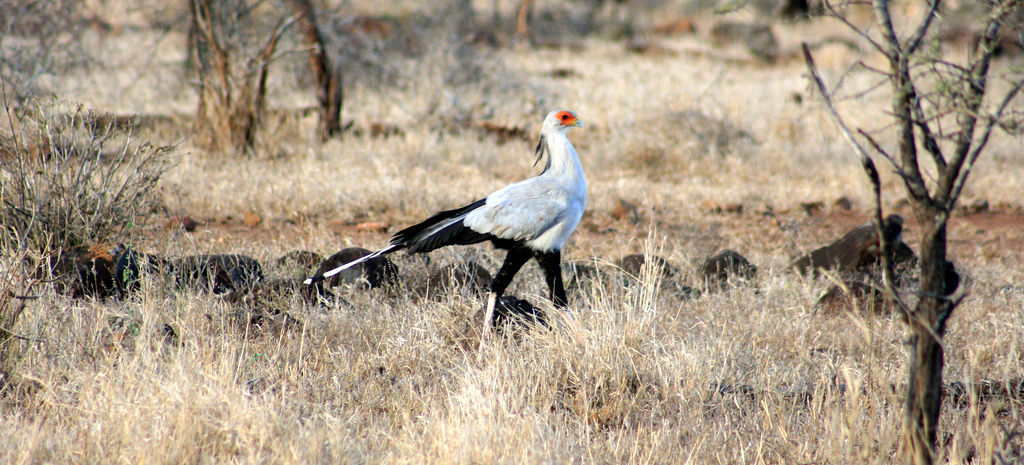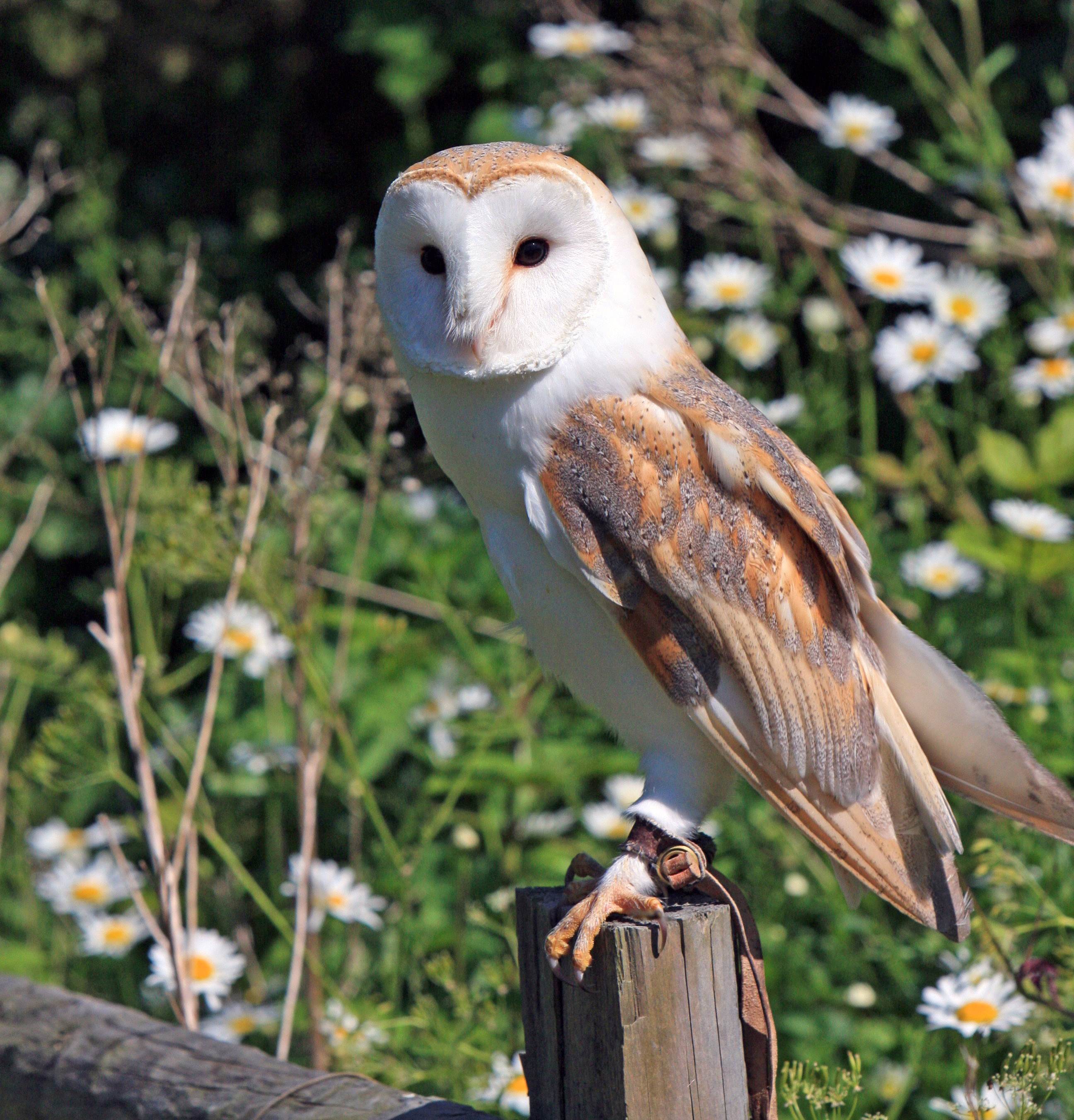' PHOTOGRAPHY OF BIRDS '
- Birds are a group of warm-blooded vertebrates constituting the class Aves, characterised by feathers, toothless beaked jaws, the laying of hard-shelled eggs, a high metabolic rate, a four-chambered heart, and a strong yet lightweight skeleton.
- Many species of birds are economically important as food for human consumption and raw material in manufacturing, with domesticated and undomesticated birds being important sources of eggs, meat, and feathers. Songbirds, parrots, and other species are popular as pets. Guano (bird excrement) is harvested for use as a fertiliser. Birds figure throughout human culture. About 120 to 130 species have become extinct due to human activity since the 17th century, and hundreds more before then. Human activity threatens about 1,200 bird species with extinction, though efforts are underway to protect them. Recreational birdwatching is an important part of the ecotourism industry.
there are birds from many different countries. here we are going to discuss about some of the birds:
1] INDIA: [a] indian peafowl [peacock]: The Indian peafowl, also known as the common peafowl, and blue peafowl, is a peafowl species native to the Indian subcontinent,and is famous for his dance while raining . it is known for its feathers.

[2] Himalayan Monal:The beautiful bird form pheasant family Himalayan Monal also known as the Impeyan Pheasant or Danph is the state bird of Uttarakhand. The colorful and stunning bird is academic to the higher altitudes of the Himalayas mountain ranges including states of Himachal Pradesh, Uttarakhand, Sikkim and Arunachal Pradesh.
[2] brazil: [A] Amazon Kingfisher : The male amazon kingfisher is most notable for its oily green plumage, white neck and deep bronze chest. They live around the lake shores and large, slow-flowing rivers of Brazil, where they catch their prey of freshwater crustaceans and fish. They can be found all over Brazil.
[2] brazil: [A] Amazon Kingfisher : The male amazon kingfisher is most notable for its oily green plumage, white neck and deep bronze chest. They live around the lake shores and large, slow-flowing rivers of Brazil, where they catch their prey of freshwater crustaceans and fish. They can be found all over Brazil.

[b] Hyacinth Macaw : The largest parrot in the world, the hyacinth macaw is also one of the most striking with its deep blue plumage, yellow orbital ring and yellow stripe at the base of the lower mandible. It eats fruits from a select number of palm trees which are concentrated in the north and south central of Brazil, most notably in the Pantanal. The hyacinth macaw is classified as endangered due to the cage bird trade and habitat loss.
3] SOUTH AFRICA : [A] Secretarybird (Sagittarius serpentarius) : the Secretarybird is charismatic and unmistakable. Wearing what looks like black trousers, the Secretarybird is the only long-legged raptor. At over 4ft tall, the Secretarybird gets its name from the crest of long feathers that look like the quill pens that 19th-century office workers used to tuck behind their ears. Seeing a Secretarybird for the first time, moving through the bush in search of snakes and other reptiles, is thrilling.

[4] CANADA : [A] DOWNY WOODPECKER : The smallest backyard woodpecker in North America, the downy woodpecker is easily recognized by its black and white plumage and small bill. It will frequently visit suet feeders and also dines on seeds, fruit, and nuts. These woodpeckers are popular guests, even taking up residence in birdhouses. Identify males by the red spot on their nape, while females are simply black and white.
:max_bytes(150000):strip_icc():format(webp)/GettyImages-642926808-f91fc6fa011d44a9bdec1ef0bf828489.jpg)
:max_bytes(150000):strip_icc():format(webp)/popular-blue-jay-5a6f818fd8fdd50036c5709d.jpg)
[B] BARN OWL : Barn owls are sometimes called monkey-faced owls because of their heart-shaped facial disks and absence of ear tufts. They are about 30 to 40 cm (12 to 16 inches) long, white to gray or yellowish to brownish orange. Their eyes are small in comparison with those of other owls and dark-coloured. Barn owls hunt mainly small rodents (such as mice and shrews), often in cultivated land. They nest in hollow trees, buildings, towers, and old hawk nests.








Very beautiful
ReplyDeleteNice work done
ReplyDeletehello if u like plz like and comment below
ReplyDelete👍👌
ReplyDelete